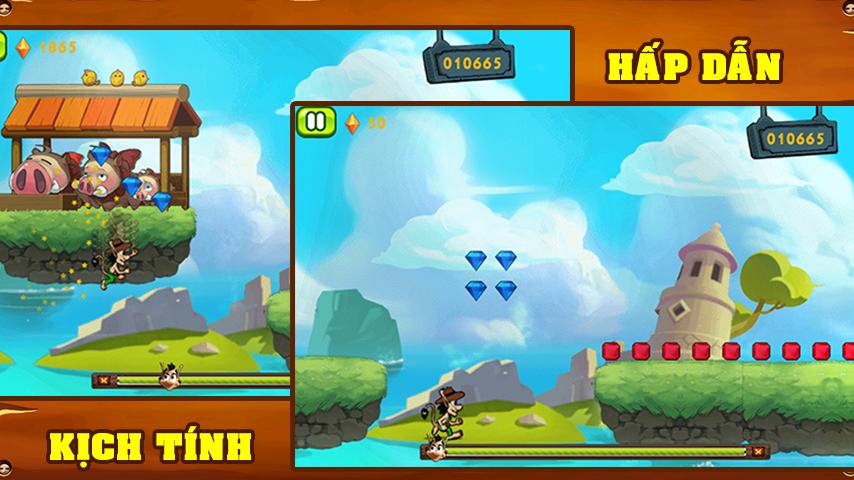This quick start uses macOS in the examples. For instructions about how to install Hugo on other operating systems, see install.
If you like Julia, please consider starring us on GitHub and spreading the word! We provide several ways for you to run Julia: In the terminal using the built-in Julia command line using the binaries provided below. Using Docker images from Docker Hub maintained by the Docker Community. Hago-Talk, Live & Play Games. With over 100 Million downloads, Hago has become a trending App among players all over the world. Download Hago to enjoy Games, Voice Chat, Video Chat, Live stream and experience unlimited fun. Join Hago to make new friends at ease and interact with old friends. Ranging from 1-on-1 competitions, to group-chat games.
It is recommended to have Git installed to run this tutorial.
For other approaches learning Hugo like book or a video tutorial refer to the external learning resources page.
Step 1: Install Hugo
Homebrew and MacPorts, package managers for macOS, can be installed from brew.sh or macports.org respectively. See install if you are running Windows etc.
The v0.15.0 Hugo release brings a lot of polish to Hugo. Exactly 6 months after the 0.14 release, Hugo has seen massive growth and changes. Most notably, this is Hugo’s first release under the Apache 2.0 license. Victor Hugo Ochoa Links. DreamWorks Home. Download Links 20th century fox 2009 logo remake on Prisma3D for android (OUTDATED): https://drive.
To verify your new install:
Step 2: Create a New Site
The above will create a new Hugo site in a folder named quickstart.
Step 3: Add a Theme
See themes.gohugo.io for a list of themes to consider. This quickstart uses the beautiful Ananke theme.
First, download the theme from GitHub and add it to your site’s themes directory:

Note for non-git users:
- If you do not have git installed, you can download the archive of the latestversion of this theme from:https://github.com/theNewDynamic/gohugo-theme-ananke/archive/master.zip
- Extract that .zip file to get a “gohugo-theme-ananke-master” directory.
- Rename that directory to “ananke”, and move it into the “themes/” directory.
Then, add the theme to the site configuration:

Step 4: Add Some Content
You can manually create content files (for example as content/<CATEGORY>/<FILE>.<FORMAT>) and provide metadata in them, however you can use the new command to do a few things for you (like add title and date):

Edit the newly created content file if you want, it will start with something like this:
Drafts do not get deployed; once you finish a post, update the header of the post to say draft: false. More info here.
Step 5: Start the Hugo server
Now, start the Hugo server with drafts enabled:
Navigate to your new site at http://localhost:1313/.
Feel free to edit or add new content and simply refresh in browser to see changes quickly (You might need to force refresh in webbrowser, something like Ctrl-R usually works).
Step 6: Customize the Theme
Your new site already looks great, but you will want to tweak it a little before you release it to the public.
Site Configuration
Open up config.toml in a text editor:
Replace the title above with something more personal. Also, if you already have a domain ready, set the baseURL. Note that this value is not needed when running the local development server.
Tip: Make the changes to the site configuration or any other file in your site while the Hugo server is running, and you will see the changes in the browser right away, though you may need to clear your cache.
For theme specific configuration options, see the theme site.
For further theme customization, see Customize a Theme.
Step 7: Build static pages
It is simple. Just call:
Output will be in ./public/ directory by default (-d/--destination flag to change it, or set publishdir in the config file).
